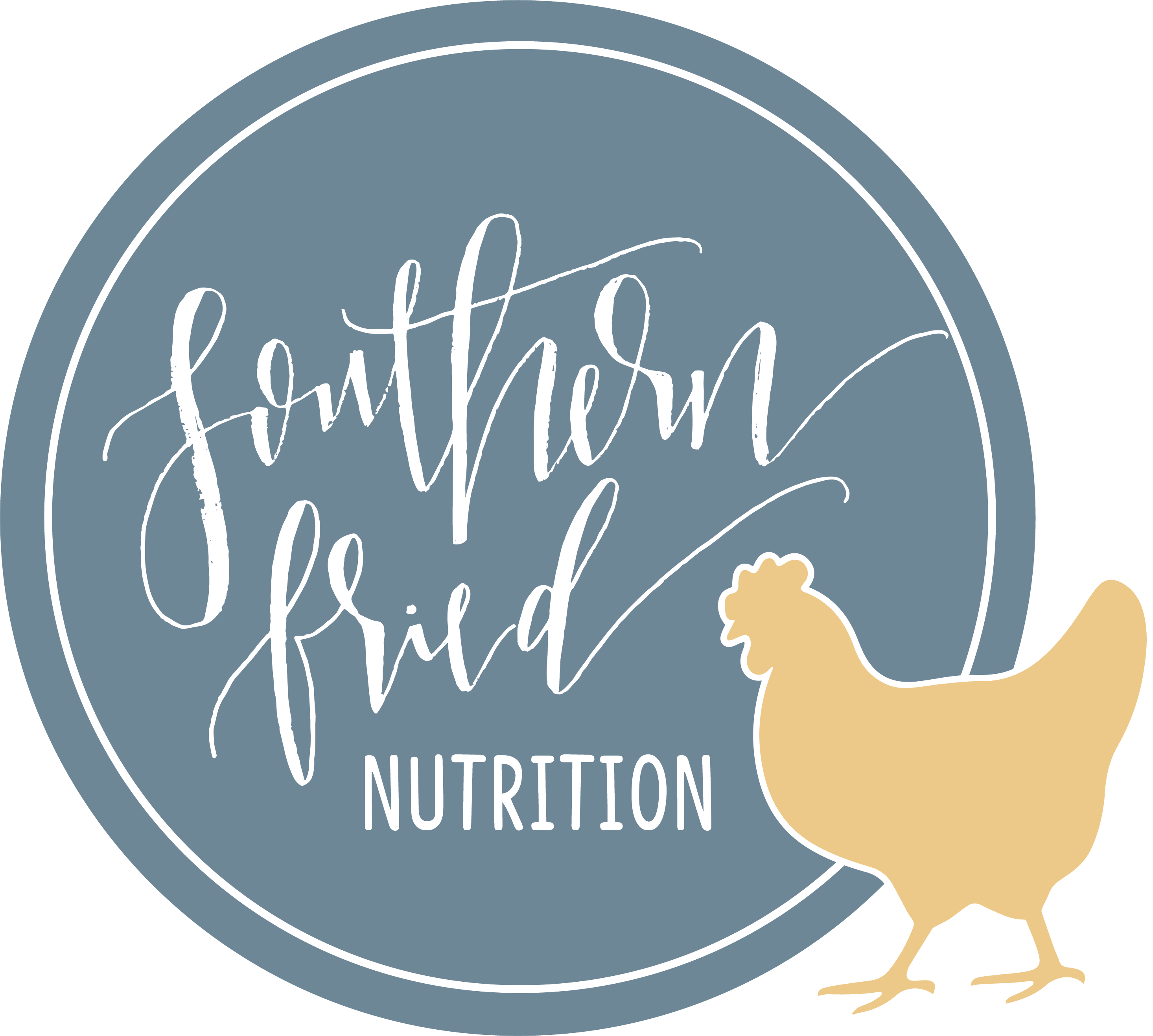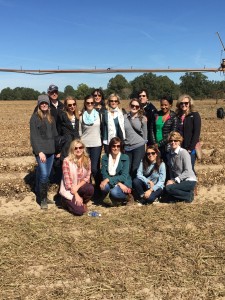For several years I have worked with the National Peanut Board, first as an employee and now as a consultant. While they payed me to organize and attend the peanut tour, they did not pay me to write this post and everything you read here is my honest opinion and experience.
October is peanut harvest time in the south and this year I got the chance to witness part of harvest first hand along with about a dozen of my awesome fellow dietitians. Because of an excess of rain early, Stephanie and Jeffrey Pope of Drewryville, VA started harvest early, but we still got a great education in growing peanuts. For instance, did you know that peanuts are often grown in rotation with cotton, because they help replenish the soil and cotton and peanuts have different issues so rotation reduces the pressure on each? How about that?!
Guess what? Peanuts grow underground. Surprised? It’s true, they grow beneath lovely green bushy plants. As the plant grows, pretty little yellow blossoms appear and when they wither, they turn into a pod that the plant pushes into the soil…and eventually it becomes the peanut. Once the peanut grows to maturity, it’s dug up and flipped over in the field by a special piece of farm equipment just for that purpose. The peanuts are left in the field to dry for a few days or longer, then they’re gathered and separated from the plant. The peanuts are loaded into a trailer or truck and the plants are left in the field. Some farmers gather the peanut plants to be used as feed for livestock, while others will till them straight back into the soil as fertilizer, since peanut plants are naturally high in nitrogen (actually nourishing the soil). Peanuts are then dried further, finally being sent off to a buying point where they are inspected, tested, and graded before being sold to a sheller or manufacturer who will turn the peanuts into a finished good.
There are four different types of peanuts – Runner, Valencia, Spanish, and Virginia, which is the type grown on the Pope farm. Most peanuts grown in the US are runners for peanut butter. Valencias are often grown for peanut butter too, but are a smaller portion of the total peanuts grown in the US. Spanish peanuts are usually used for candies because they’re the most “peanutty” in flavor. Lastly, Virginias are the biggest and are mostly sold as gourmet snacks and in-shell (ballpark) peanuts.
What about nutrition bang for your buck? Peanuts have more protein than any other nut. They provide 30 vitamins and nutrients, including mostly good fats. Like all plant foods, they’re also a source of fiber. When compared to other nuts, they are just as healthful. Research consistently shows they provide the same benefits as other more expensive nuts when we think of overall health benefits. So a handful of peanuts is seriously good for you!
My favorite thing about peanuts is their versatility. Because they also taste great, peanuts make their way into my meals and snacks on a regular basis. I love to toss them into stir fry and top salads for added crunch or just gran a handful as a snack. Peanut butter not only makes a great 
spread, but it’s also incredible stirred into soups and whisked into sauces. While at the Pope farm, we had an incredible farm dinner that started with a beautiful green salad with country “prosciutto” accompanied by a habanero peanut deviled egg that was amazing! Lunch continued to be flavorful and inspiring, showcasing peanuts in a variety of ways including as dusting on quail, adding crunch to southern slaw, and in the crust of sweet potato pie.
While I can’t say that I’ll be dusting my chicken with peanut dust anytime, I was definitely inspired. The habanero peanut deviled eggs were my favorite bite of the day. You can get some of the amazing peanuts I tried from Royal Oak Peanuts!
Do you love peanuts? What’s your favorite way to enjoy them?



